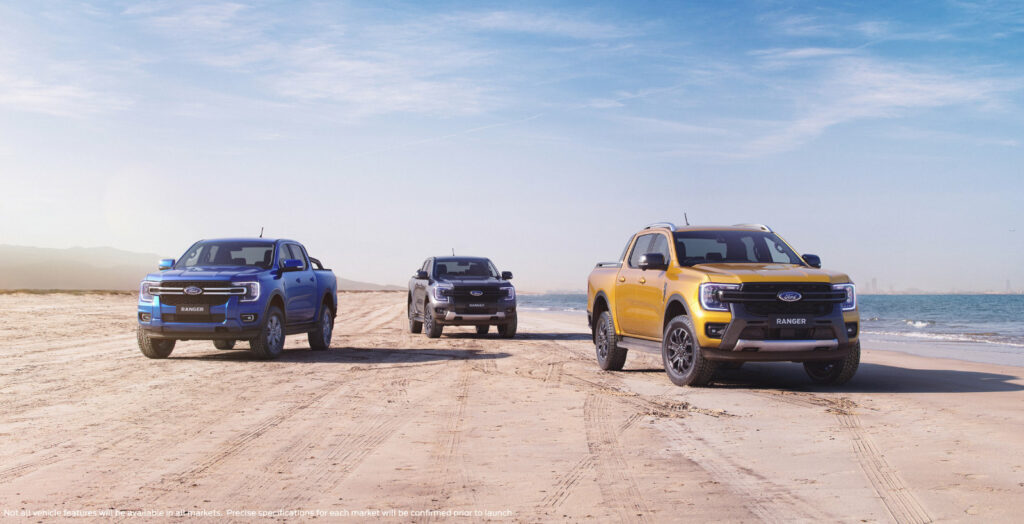Market orientation suggests that you should base your marketing on what the client wants. In basic terms, put yourself in the customer’s shoes. There are plenty of studies that back this up, beginning roughly when the 1970s became the 1980s. So if the British people are going through a cost-of-living crisis, then it would pay […]
Read More… from From a marketing perspective, the coronation was out of sync

